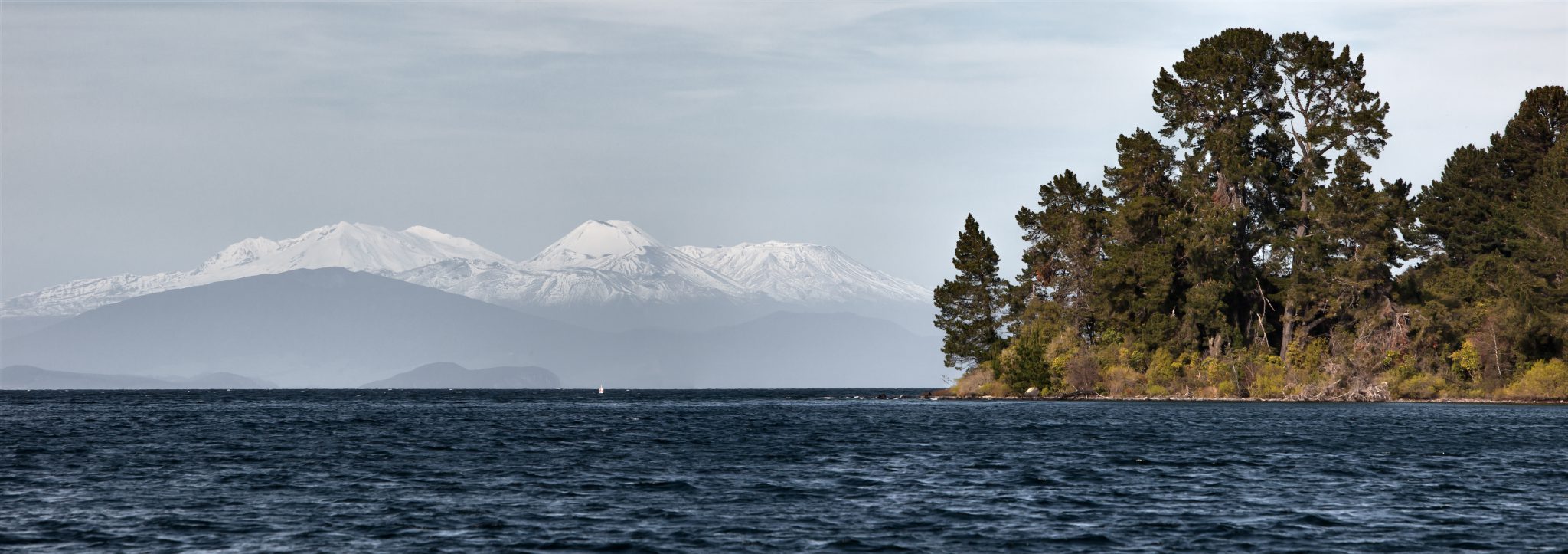The Government has announced its plan for the rollout of the COVID-19 vaccines, ensuring free, fair and equitable access to everyone in New Zealand.
Key points
- A targeted COVID-19 vaccine rollout over next 3-4 months will start to reach 2 million people in most at risk groups.
- The plan prioritises people most at risk of harm if they get the virus and those who live and work in places where they are most likely to pick up COVID-19.
- Those in South Auckland who’re over 65 or who have underlying health issues to start being vaccinated from the end of March.
- Minimising risk of future outbreaks central to Government plan and prioritisation.
Everyone in New Zealand will get free, fair and equitable access to COVID-19 vaccines.
A top priority this year is to make sure everyone in New Zealand aged 16 years and over will get free, fair and equitable access to COVID-19 vaccines.
The Government is targeting those most at risk of getting and spreading COVID-19 and those most at risk of getting seriously sick from it in the next phase of the vaccine rollout.
We are setting out the plan today after securing enough Pfizer/BioNTech vaccine for everyone in New Zealand to get the two doses they need to be fully vaccinated against the virus.
The Ministry of Health is working with Pfizer on a delivery schedule to ensure a smooth rollout and a scaling up of our vaccination programme.
Over 2 million people are in line to start receiving the vaccine over the next four months with a focus on protecting those most at risk of getting the virus or being harmed by it, while also reducing the chance of ongoing spread and future outbreaks.
Our plan is clear – first protect those most at risk
Our plan is clear – first protect those most at risk of picking up the virus in their workplace, reducing the risk of future outbreaks and lockdowns and then protecting those most at risk of getting seriously ill if they get the virus.
Our sequencing plan provides certainty to the over 2 million people who can expect to start being vaccinated during the initial stages of our roll-out over the next 3-4 months.
This is a balanced plan that prioritises reducing the chance of future outbreaks while protecting our elders, those with underlying health conditions and those who live in locations where we know outbreaks have occurred.
We are asking everyone in New Zealand to get vaccinated. Getting vaccinated is the best way to protect your whānau, their lives and their livelihoods.
Everyone in New Zealand will be able to get a vaccine and the vaccine will be free. The rest of the population will be able to be vaccinated from July onwards and our plan is to have as many people as possible vaccinated by the end of the year.
As with the rest of our COVID-19 response we will make continuous improvements and adjustments to the vaccination roll-out. Our goal is to get as many people vaccinated as quickly as possible and that will require some flexibility within the sequencing.
Further planning is underway on our ongoing response to COVID-19 including our management of the border. However the biggest factor in lifting COVID-19 restrictions will be a timely and high uptake of the vaccine.
Vaccine rollout groups
There are four main groups (timings will overlap, and dates might shift slightly as the Ministry continues to undertake modelling):
Group 1
Our 50,000 border and MIQ workers, their household contacts and the people they live with. This started last month and the vast bulk will be completed this month, with at least one dose administered.
Group 2
Approximately 480,000 frontline workers and people living in high-risk settings. Starting with the 57,000 healthcare workers on community frontlines, and then moving through to healthcare workers protecting our most vulnerable and some priority populations. This started in February and will continue through to May.
Group 3
Priority populations. Approximately 1.7 million people who are at higher risk if they catch COVID-19. This is planned to start in May.
Group 4
The remainder of the general population – approximately 2 million people. Starting from July.
Priority groups
Approximately 40,000 courses are being allocated to Māori and Pacific providers who are working directly with older people, and we are also recognising the special circumstances of South Auckland.
Anyone who lives in the Counties Manukau DHB area who is 65 and older or who has an underlying health condition is also in Group 2. This recognises that there are many border operations and MIQ facilities and their workforces based in this area.
There will be a range of options to make it as easy as possible for people to access to the vaccine.
Workers and residents of long-term residential care environments will get the vaccine at their workplace. There will also be Māori and Pacific providers, pop-up centres, GPs, medical and hauora centres, community clinics and larger scale events.
There are two further categories we are still looking at: one for people who may need to get a vaccine on compassionate grounds; and a national significance category, which could include groups who need a vaccine in order to represent New Zealand overseas.
Decisions around these categories will be made at Cabinet in coming weeks.
An online tool that helps people find out when they can get the vaccine will be launched shortly. It describes the four broad groups and will take people through a series of questions to work out when it’ll be their turn.
| Group | Definition Population group figures are approximate, based on relevant DHB or census data for people over 16 years. |
|
| 1 | ||
| 1a | Border/MIQ workforce | Approx. 15,000 border and MIQ workers |
| 1b | Families and household contacts | Approx. 40,000 family members and household contacts of border and MIQ workers |
| 2 | ||
| 2a | Frontline healthcare workers (non-border) who could be exposed to COVID-19 while providing care | Approx. 57,000 frontline (non-border) health workers who could potentially be exposed to COVID-19 while providing care. |
| 2b | Frontline healthcare workers who may expose vulnerable people to COVID-19 | Approx. 183,000 frontline healthcare workers including emergency services and hospitals, long-term residential care, hospices, Oranga Tamariki and Youth Justice, Corrections, Defence, mental health and addiction services, transitional residences for the homeless, home support workers, community and NGO services, all community public health teams, diagnostics and COVID-19 management teams at DHBs. |
| At-risk people living in settings with a high risk of transmission or exposure to COVID-19 | Approx. 234,000 people living in settings or locations that are “high risk”, including:
|
|
| 3 | ||
| 3a | People aged 75+ | Approx. 317,000 people aged 75 years or older who are not included in Group 2. |
| 3b | People aged 65+ | Approx. 432,000 people aged 65-74 years who are who are not included in Group 2. |
| 3c | People with underlying health conditions or disabilities | Approx. 730,000 people with *relevant underlying health conditions and/or disabled people nationwide. *Relevant health conditions include coronary heart disease, hypertension, stroke, diabetes, chronic obstructive pulmonary disease/chronic respiratory conditions, kidney disease and cancer. This also includes people who are pregnant. |
| 4 | The remainder of the population, approx. 2 million people. |
Visit Unite Against COVID-19 to check for updates and the latest information

